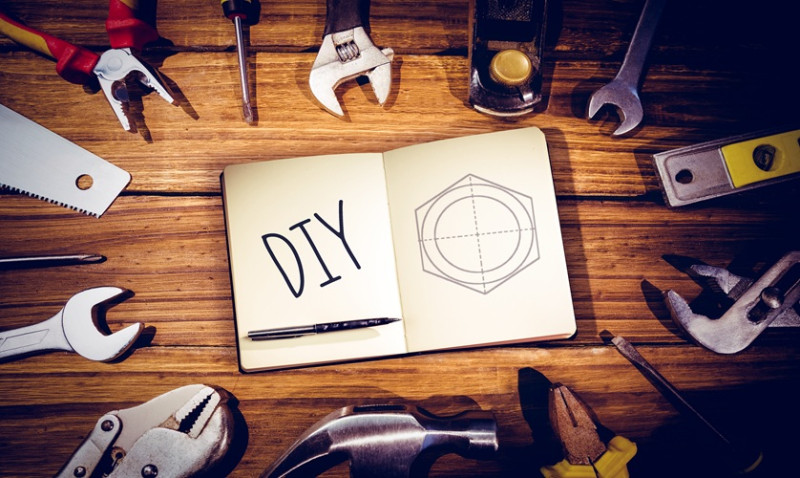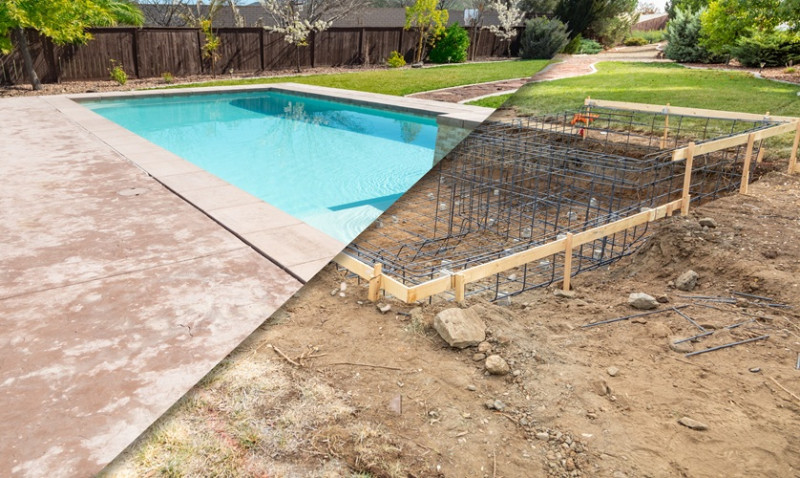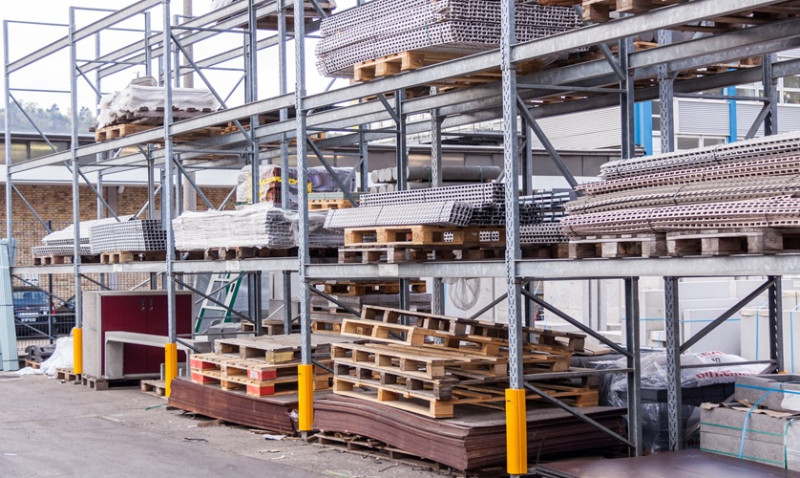
In Gregory Chahrozian’s inspiring TEDx talk, “It’s Not What You Teach, It’s What Kind of Teacher You Are,” he explores a powerful idea: the true impact of learning doesn't rely solely on the lesson content, but on the passion, personality, and empathy of the teacher. For anyone in the DIY, interior design, architecture or trade sectors, this insight translates into something even greater—it shifts how we train, teach, and transfer knowledge in everyday work.
Whether you're guiding a client through design decisions, mentoring an apprentice on-site, or simply learning new techniques from DIY tutorials, Chahrozian’s statement serves as a reminder that how we communicate and support each other matters more than ever. So, how can UK-based professionals and home enthusiasts take this lesson to heart in their day-to-day roles?
Rethinking the Role of Guidance in DIY and Construction
For DIY enthusiasts and homeowners looking to redecorate, learning can feel overwhelming. From choosing the right paint finish to understanding skirting board profiles or wallpaper styles, there’s an ocean of advice out there. But often, it’s not the volume of information that makes the difference—it’s the tone, clarity, and relatability of the person sharing it.
When someone explains things with patience and excitement, even the most advanced technique becomes accessible. That’s why instructional videos and tutorials featuring hands-on, enthusiastic creators or tradespeople are so popular—they don’t just show what to do, they invite you into the process with warmth.
And for the professionals out there sharing their trade knowledge on Instagram, YouTube, or TikTok, your ability to inspire trust and encouragement could mean turning a casual viewer into a loyal client—or even a repeat buyer of your services or products.
Teaching on the Job: More Than Tools and Techniques
Architects, designers, and experienced tradespeople often find themselves in a position of mentorship. Whether it's overseeing a younger colleague, instructing a first-year apprentice, or guiding a homeowner through structural plans, the teaching element is constant. Chahrozian's message is clear: what makes you effective isn't only what you know, but how you make others feel in the process.
If you approach these situations with empathy, curiosity, and patience, you won’t just teach someone to lay tiles or draft a floor plan—you’ll empower them with the confidence to take on more. And that confidence can open doors—not just for them, but for your business, reputation, and long-term client relationships.
The trick? Focus less on rigid instruction and more on connection. Share your own mistakes. Laugh at the challenges. Show you care about the learner not just the outcome. This is what turns decent tradespeople into great mentors—and respected leaders in their field.
DIY Content Creation: Be the Guide You Wish You Had
These days, content sharing is part of the job. Whether you post IG reels on quick redecorating tips or detailed blog posts about installing MDF wall panelling, your audience connects more with your enthusiasm and delivery than the topic itself. Even the most mundane how-to becomes enjoyable when it's presented with energy and authenticity.
Chahrozian’s idea challenges creators, bloggers, and trade educators to ask: are you showing up as someone others want to learn from? Are you infusing personality and care into your power drill demos and spray painting guides?
For DIY brands and tradespeople marketing their services, this is a powerful reminder that you’re not just selling products or services—you’re selling a learning experience and trust. And that trust starts with how approachable, warm, and human you are, even in a 30-second clip.
Building Better Client Relationships Through Education
Education isn’t just a classroom activity—every client interaction is a chance to teach. Whether it’s explaining why MDF skirting boards are more cost-efficient, or walking a homeowner through heat-proof paint options, your manner matters as much as your message.
Are you rushing through a recommendation, or taking a moment to explain the “why” behind it? Are you assuming your client won’t understand—or assuming they could, if you take the time to care?
In client consultations, pitches, or even casual chats during project planning, you’re always building a foundation of understanding. And according to Chahrozian, it’s this human-first teaching style that earns lasting trust. Not just your advice—but your approach—is how you stand out in a competitive UK home improvement market.
What Kind of Learner Are You?
Let’s turn the focus inwards for a moment—because we’re all still learning, whether it's a new router technique or trending looks for 2025 interiors. Think about the teachers in your own life—who helped you actually “get it”? What made them memorable?
Chahrozian’s talk encourages us to invest in great mentors, but also to choose learning environments that inspire us emotionally, not just technically. If a guide, tutorial, or article doesn’t feel engaging, don’t just push through—seek out those who bring heart and creativity to their explanations. The right teacher won't just teach, they'll give you confidence to try it yourself.
Becoming That Kind of Teacher—At Any Level
You don’t need to run workshops or have 20 years of experience to be an effective teacher. Every project is a chance to pass on your passion, whether it’s to a client, an apprentice, or your own children learning how to use a paint roller.
It could be as simple as showing a neighbour how to do an easy IKEA hack. Or walking your partner through mounting shelves without damaging the plaster. These small teaching moments, when approached with patience and care, make a bigger impact than the “lesson” itself ever could.
In the UK’s competitive home improvement and renovation scene, being that kind of professional—supportive, respectful, curious—isn’t just good character; it’s good business.
Final Thoughts: Redefining Expertise Through Empathy
Gregory Chahrozian’s TEDx talk gives all of us in the DIY, design, and trade world a huge reminder: knowledge is important, but people are key. Whether you’re a self-taught painter or a fully qualified RIBA architect, the way you connect and teach others is part of your professional identity.
So next time you pick up a drill, boot up a tutorial, or brief your team on a new project, ask yourself—not just what am I teaching, but who am I being as I teach?
The answer could define far more than your next project—it could shape your legacy as a professional who not only builds beautiful things, but also better learners, relationships, and communities along the way.





